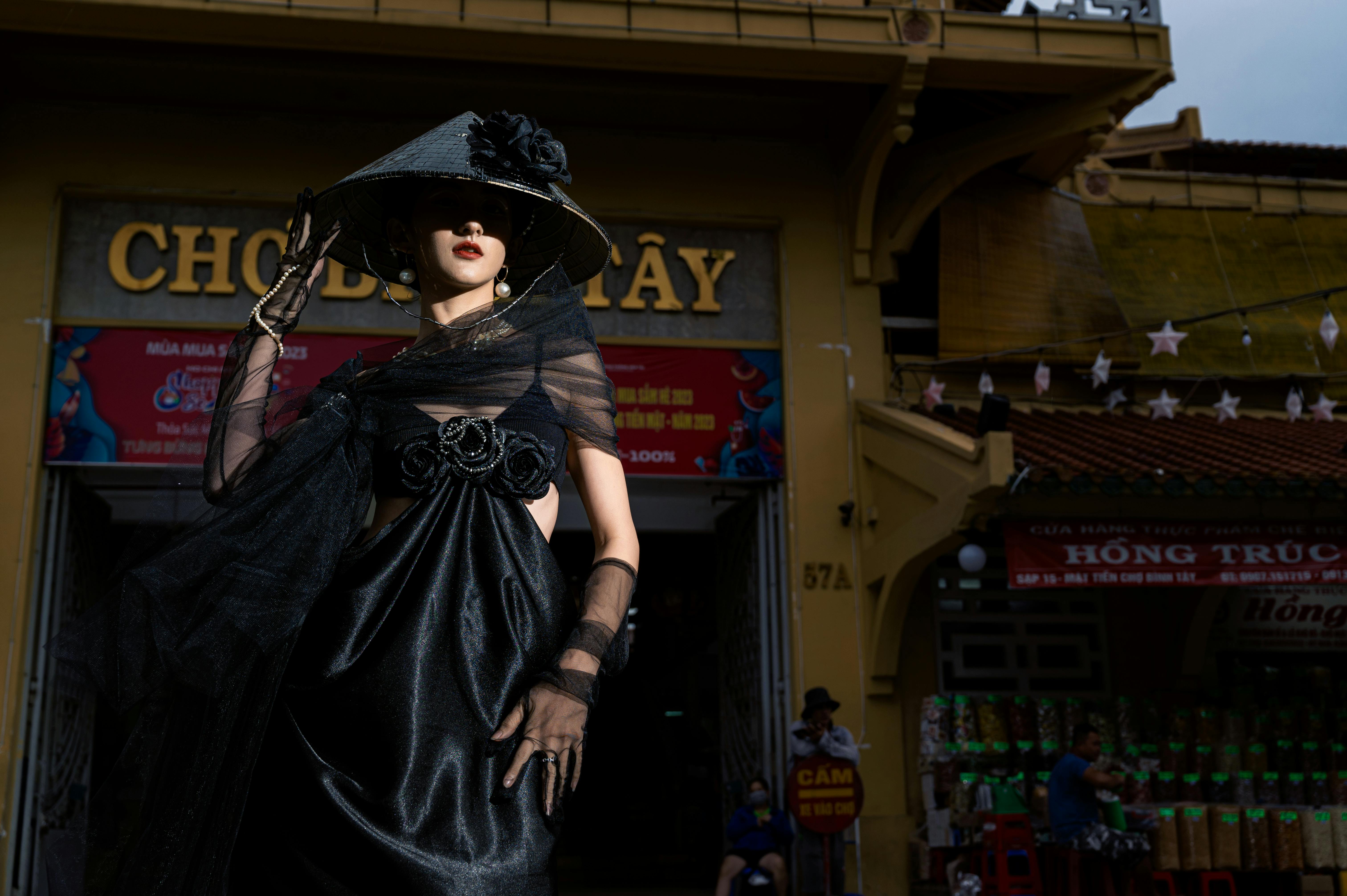Essential Guide to Rape Comics: Understanding the Complex Themes
In recent years, the genre of rape comics has ignited intense discussions about sexual violence and representation within graphic literature. These adult-themed comics, often characterized by explicit narratives and taboo themes, challenge readers to confront the difficult realities of sexual consent and trauma. Within this essential guide, we will explore mature comic books that navigate these complex themes while providing insights into the ethical dimensions of graphic storytelling.
The prevalence of graphic novels about sexual violence highlights societal impacts and the artistic expressions that come with them. As audiences respond to these controversial narratives, it becomes crucial to examine how they reflect on trauma and empowerment. This guide will provide a roadmap for readers by discussing various aspects, including the critical analysis of narratives, societal responses, the feminist critique of graphic novels, and the impact of humor within these often dark comics.
Key takeaways include a deeper understanding of storytelling in graphic form, the cultural discussions surrounding adult themes, and the necessity of responsible engagement with sensitive content. As we delve into this subject, we will also look at how these narratives can serve as a medium for empowerment and raising awareness.
Exploring Themes of Sexual Violence in Comics
Building on the complexities of mature content, the portrayal of sexual violence in comics serves a dual purpose: to expose harsh realities and to spark vital conversations. Graphic novels exploring sexual violence often provide a critical lens on societal attitudes towards these topics.
The Narrative Techniques in Depicting Trauma
In order to address themes of sexual violence effectively, authors employ a variety of storytelling techniques. For example, flashbacks and non-linear narratives are often used to showcase the psychological impact of trauma on characters. These artistic choices create a deeper emotional resonance, giving readers an insight into the complexities of healing and recovery.
Moreover, artists may utilize visual metaphors to enhance the narrative, prompting readers to engage more critically with the material. Understanding these narrative structures allows readers to appreciate the nuanced portrayal of trauma in graphic storytelling.
Reader Responses and Interpretations
It's essential to recognize that readers’ interpretations of graphic novels about sexual violence can vary significantly. Some may find empowerment in the way characters navigate their trauma, while others might struggle with the portrayal of violence. This variance in reception demonstrates the complexity of human experiences and the necessity of dialogue around these themes.
Studies have shown that discussions around consent in comics can impact perceptions of relationships, suggesting that well-crafted narratives can foster greater understanding of these elusive topics.
Controversies and Conversations: A Cultural Reflection
The societal reception of graphic literature depicting sexual violence often culminates in debates about artistic integrity and moral responsibility. Many argue that while these stories can be challenging, they serve an important function in highlighting issues that are often brushed aside in mainstream discourse.
Critics of rape comics argue that they can perpetuate harmful stereotypes or desensitize audiences to violence, necessitating a nuanced approach in how these works are produced and consumed. Engaging in cultural discussions can lead to a better understanding of these perspectives and promote more thoughtful engagement with graphic literature.
Feminist Critique of Graphic Novels
As discussions surrounding feminist critique in graphic novels continue to evolve, it's vital to assess how these narratives address issues of power dynamics and representation of women. Feminist comics often challenge traditional portrayals of gender roles, using storytelling as a form of resistance against patriarchal structures.
Visual Storytelling and Gender Dynamics
Through the lens of graphic storytelling, many artists depict women's experiences with sexual violence and consent. By placing female protagonists in the forefront, these narratives disrupt typical power structures and invite audiences to engage with the material on a personal level.
In feminist comics, the focus is not solely on victimization but rather on empowerment and reclamation of agency. This layered storytelling approach encourages readers to reflect on gender dynamics and societal expectations.
Marginalized Voices within Graphic Literature
Within the realm of graphic novels, marginalized voices often bring unique perspectives on complex themes like sexual violence. Comics that are authored by or center around individuals from diverse backgrounds can provide fresh insights and challenge dominant narratives.
This representation is crucial for fostering an inclusive conversation about trauma, consent, and recovery. By engaging with these voices, readers gain a broader understanding of the societal impact of graphic literature and the importance of diverse perspectives in storytelling.
Intersections of Humor and Dark Themes
Humor can be a powerful tool in addressing serious topics, and many graphic novels use dark humor to delve into themes of trauma and resilience. This juxtaposition can create a unique reading experience that both entertains and provokes thought.
Evaluating the effectiveness of humor within these narratives necessitates a critical approach, considering the potential for both empowerment and trivialization of sensitive subjects. Understanding how humor functions in this context can enhance reader engagement and spark important conversations.
Censorship and Its Role in Comics
The intersection of mature themes in graphic novels with censorship raises critical questions about artistic freedom. Assessing the impact of censorship on diverse comic book subcultures is essential for understanding the broader implications of storytelling in graphic form.
Comic Book Ratings and Age Appropriateness
The significance of mature content guidelines cannot be overstated. Comic book ratings aim to inform consumers about the nature of the material, yet the perception of what is deemed appropriate can vary widely. This divergence leads to discussions about the responsibilities of creators in addressing sensitive content.
As readers navigate the landscape of adult comics, an understanding of these rating systems can enhance their ability to engage respectfully with graphic literature.
Public Reception of Mature Content
The public reception of adult themes in comics often reflects broader societal attitudes. There are instances where graphic novels about sexual violence are celebrated for their bravery in tackling tough subjects, while others face harsh criticism or censorship due to their controversial nature.
This variability underscores the importance of ongoing discussions surrounding censorship and its implications for creative freedom. As creators continue to push boundaries and challenge societal norms, their work ignites conversations that extend beyond individual narratives to encompass cultural critiques of violence and trauma.
Visual Storytelling and Ethical Considerations
As we conclude this exploration of narrative within rape comics, it is essential to consider the ethical dimensions that accompany storytelling in graphic form. The portrayal of trauma, power dynamics, and complex character development necessitates a thoughtful approach to visual storytelling.
Critical Analysis of Graphic Narratives
Through rigorous literary analysis of mature comics, scholars can unravel the intricate layers found in these narratives. By examining literary devices, thematic explorations, and narrative structures, readers and critics alike can gain a deeper understanding of the intention behind graphic representations of trauma.
This critical engagement encourages a collaborative dialog that promotes greater awareness and sensitivity, especially when addressing themes of violence and consent.
Narratives of Empowerment and Survivorship
A significant aspect of graphic storytelling revolves around narratives of empowerment and survivorship. Many creators seek to provide readers with representations that resonate with their experiences and struggles, fostering a sense of connection and community.
By depicting paths toward healing and recovery, graphic novels can ultimately serve as sources of hope and strength for readers grappling with similar challenges.
Artistic Integrity and Societal Reflections
Finally, it is crucial to hold space for discussions about the moral responsibilities of comic artists. As they navigate complex issues within their work, they must balance creative freedom with the ethical implications of their storytelling choices. This balance between artistic integrity and societal reflection is a dynamic and ongoing conversation in contemporary graphic literature.
Through thoughtful engagement with these themes, audiances can cultivate a richer understanding of the societal impact of dark comics while fostering critical discussions around consent and trauma.
Q&A: Addressing Common Questions on Rape Comics
What are rape comics, and why are they controversial?
Rape comics are graphic novels that depict themes of sexual violence and consent. They can be controversial due to the sensitive nature of their subjects, often leading to debates about artistic responsibility versus societal impact.
How can readers approach sensitive themes in comics?
Readers are encouraged to critically engage with mature content by considering the narrative structures and artistic choices made by creators. This approach helps facilitate deeper discussions about the complexities surrounding trauma and consent.
What role does humor play in narratives of trauma?
Humor can serve as a coping mechanism in narratives of trauma, providing readers with a unique lens through which to engage with difficult subjects. However, it is essential to maintain a critical perspective on its use to ensure it doesn’t trivialize serious themes.
Why is representation important in graphic literature?
Representation is crucial in graphic literature as it brings diverse voices and perspectives to the forefront, fostering better understanding and discussion around complex issues like sexual violence and consent.
How can censorship affect artistic expression in comics?
Censorship can restrict the narrative possibilities for creators and limit the discourse surrounding important societal issues. Understanding these implications is vital for promoting creative freedom in the comic book industry.


